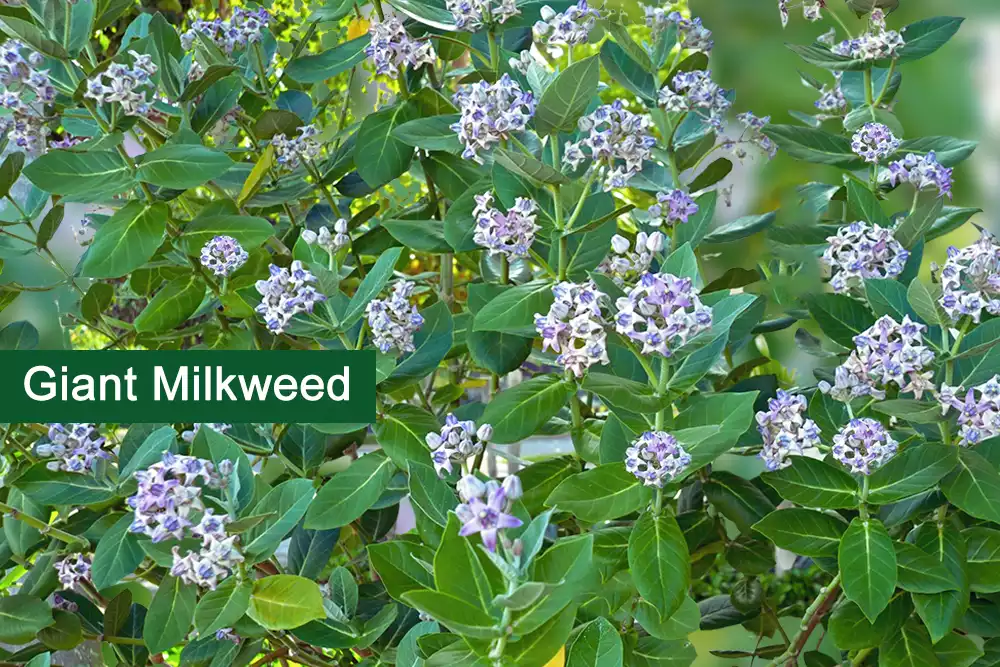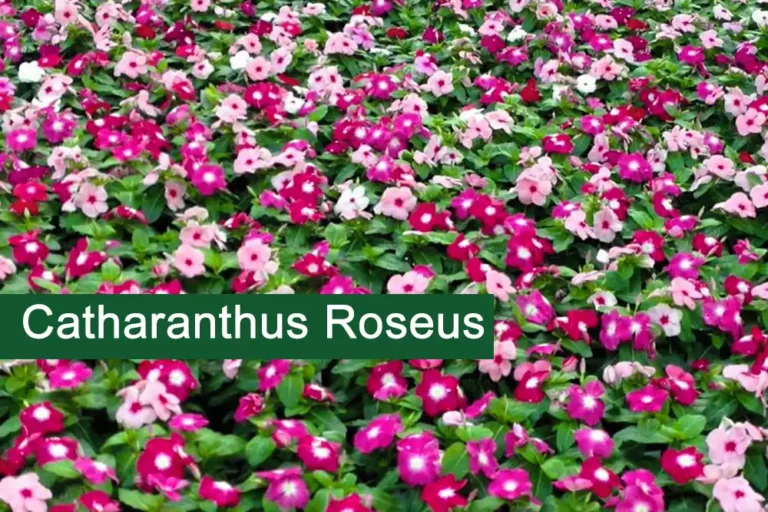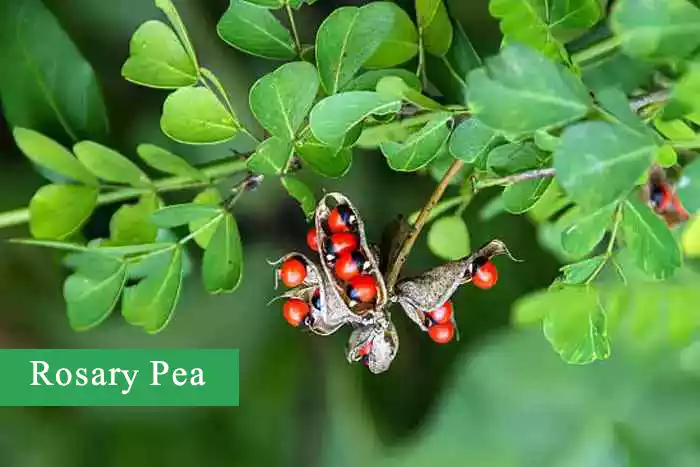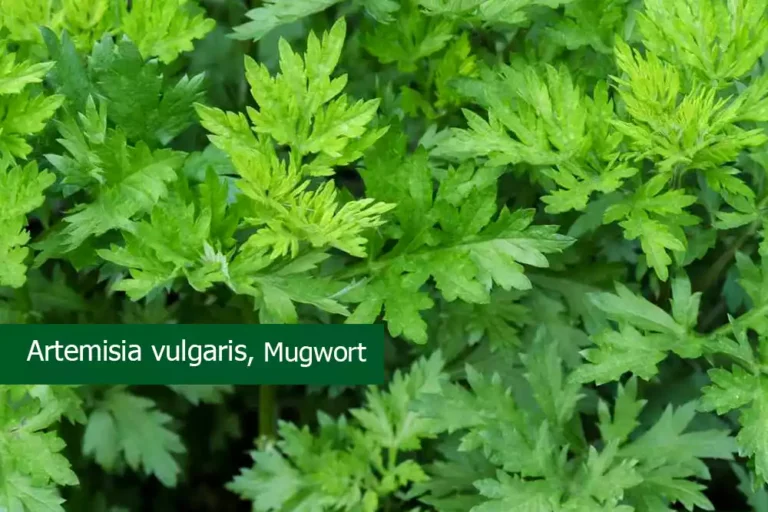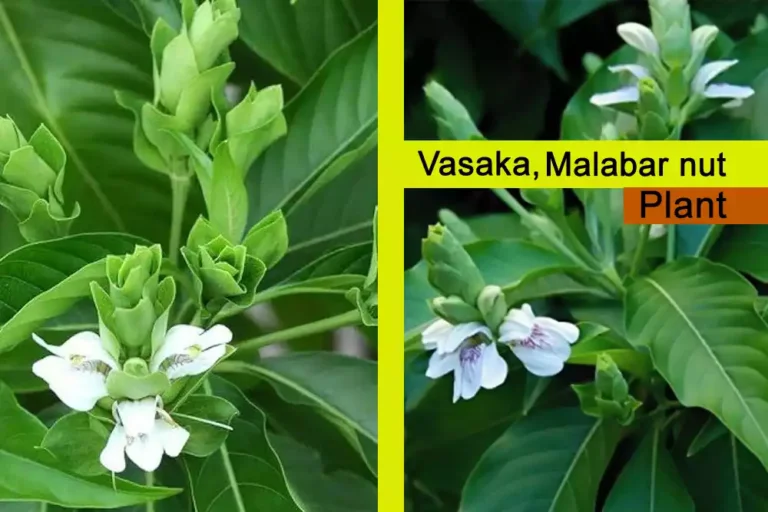Giant Milkweed Plant (AAK) Medicinal Uses, And Benefits
The Giant milkweed plant is also known as the Giant Calotrope, Aak, or Crown flower. Find out its medicinal uses, benefits, how to identify and grow it, and its traditional and international uses.
Table of Contents
Giant Milkweed Plant Overview
| Botanical Name | Calotropis procera |
| English Name | Akund, Apple of Sodom, Sodom’s Milkweed |
| Urdu Name | Aak |
| Common Name | Crown flower, Giant milkweed |
| Family | Asclepiadaceae |
| Habit | Perennial Shrub |
| Part Used | Whole plant |
| Medicinal Plants | Explore |
Giant Milkweed Plant (Aak)
The giant milkweed plant is small up to 3 m tall, much branched from the base, latex milky; with young branches covered with white cottony tomentum. Bark soft, corky. Leaves broadly ovate, ovate-oblong, elliptic or obovate, entire, base cordate, apex acute, subsessile, young leaves covered with white cottony tomentum, becoming subglabrous.
Flowers of giant milkweed plants is white outside, purplish within, and tips darker. Fruit; recurved, tip not invaginated in the tissue of the fruit. The Giant Milkweed Plant’s seeds are flat, broadly ovate, minutely tomentose, and comose.
Distribution of Giant Milkweed Plant
Native of India but widely naturalized in the East and West Indies, Ceylon, Pakistan, Afghanistan, Iran, and Iraq.
Medicinal Uses of AAK (Giant Milkweed) Plant
Folk Use
Traditionally Calotropis is used alone or with other medicinal plants to treat common diseases such as fevers, rheumatism, indigestion, cough, cold, eczema, asthma, nausea, vomiting, and diarrhea. It has also been employed internally as a remedy in dysentery; also with less probability of usefulness in syphilis.
Tib (Traditional Islamic Medicine) Uses
According to Tib, a dried whole plant is a good tonic, expectorant, depurative, and anthelmintic. Bark powder of Aak is used in the cure of leprosy and elephantiasis. The root bark is an emetic, the flower a digestive and used as a tonic asthma and catarrh. Roots are applied for snakebite. Also used for colic, cough whooping cough, dysentery, headache, lice treatment, jaundice, sore gums and mouth, toothache, sterility, swellings, and ulcers.
International Use
The plant is febrifuge, anthelmintic, depurative, expectorant, laxative, digestive, astringent, stomachic, anthelmintic, and tonic. The powdered root used in asthma, bronchitis, and dyspepsia is used. The leaves are useful in the treatment of paralysis, swellings and intermittent fevers.
It is used in India in the treatment of skin diseases. Root-bark is very largely used there as a treatment for elephantiasis and leprosy and is efficacious in cases of chronic eczema, also for diarrhea and dysentery. Latex is used for treating ringworm, guinea worm blisters, scorpion stings, venereal sores, and ophthalmic disorders, and is also used as a laxative. The twigs are applied for the preparation of diuretics, stomach tonic,s and for asthma.
Culinary Use
The bark and latex are used to curdle milk.
Constituents of The Giant Milkweed Plant
The principal active medicinals are asclepin and mudarin. The latex contains a proteolytic enzyme called caloptropaine, yellow bitter resin; a black acid resin; madaralbum, madarfluavil, caoutchouc, mudarine, lewin, and calatropin.
Climate and Growth Conditions
- Climate: Tropical regions.
- Temperature: Max: 37°C, Min: -12°C
- Rainfall: 150-1000 mm/year
- Soil: Soils of all textures and derived from most parent materials are tolerated, but grows best in sandy soils as well as soils with high sodium saturation.
- pH Range: 7-8.3
- Reproduction: By seed, root, and stem cuttings.
FAQs
What is the giant milkweed used for?
The Aak plant, also known as Giant Milkweed or Crown Flower, has been a cornerstone of traditional medicine for centuries. It’s been used to treat a range of health issues, from fevers and wounds to stomach problems.
Is aak plant poisonous?
Yes, the Aak plant is poisonous. Its sap can irritate the skin and eyes, and if ingested, it can cause serious health problems. It should be handled with care.
What is Calotropis gigantea used for skin?
Calotropis gigantea is sometimes used in traditional remedies for skin problems like wounds, rashes, and infections. However, due to its toxic nature, it should only be used under the guidance of a knowledgeable practitioner.
What does AAK do?
The Aak plant has various uses in traditional medicine. It is believed to help with fevers, digestive issues, and wound healing. However, it is toxic and should be used carefully.
What is AAK called in English?
Aak is called Akund, Apple of Sodom, Sodom’s milkweed, and Crown Flower in English.
Which flower is known as Crown flower?
The flower of the Calotropis gigantea plant is known as the Crown Flower. It is often used in religious and ceremonial decorations.
Disclaimer:
All images used in this post are from Google Images and Credit goes to their respective owners.

